We’re excited to share that the latest alpha release of Camunda is now live and available for download. For our SaaS customers who are up to date, you may have already noticed some of these features as we make these available for you automatically.
Below you’ll find a quick summary of everything that’s new in Camunda Platform for this month.
Table of contents
Web Modeler
Public API support for renaming and restoring milestones
Developers can now both rename and restore milestones using our new REST API endpoints:
- Renaming a milestone can be accomplished using the
PATCH /api/v1/milestones/{milestoneId}<br>WheremilestoneIdis the milestone you want to rename.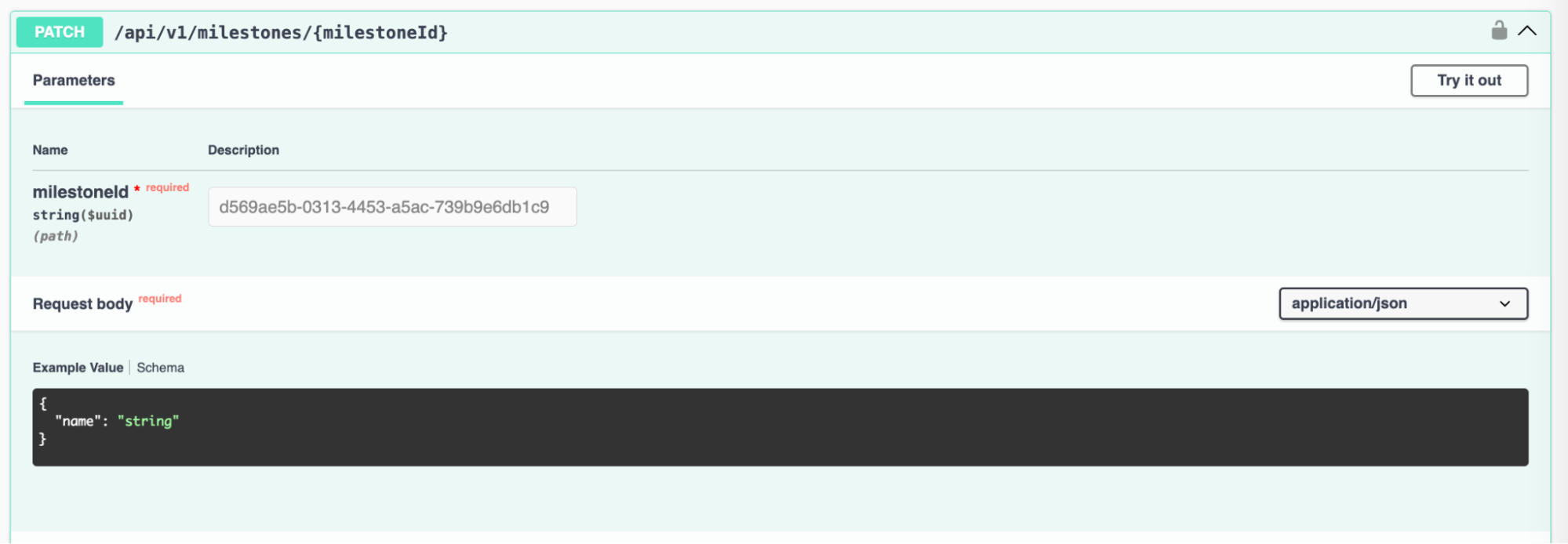
- Restoring a milestone can be accomplished using the
POST /api/v1/milestones/{milestoneId}/restore
WheremilestoneIdis the milestone you want to restore.
Bulk download of files and folders
With previous versions of Camunda, only single files could be downloaded from a project. We now provide the option to select multiple files (and folders) for downloading in a zipped format.
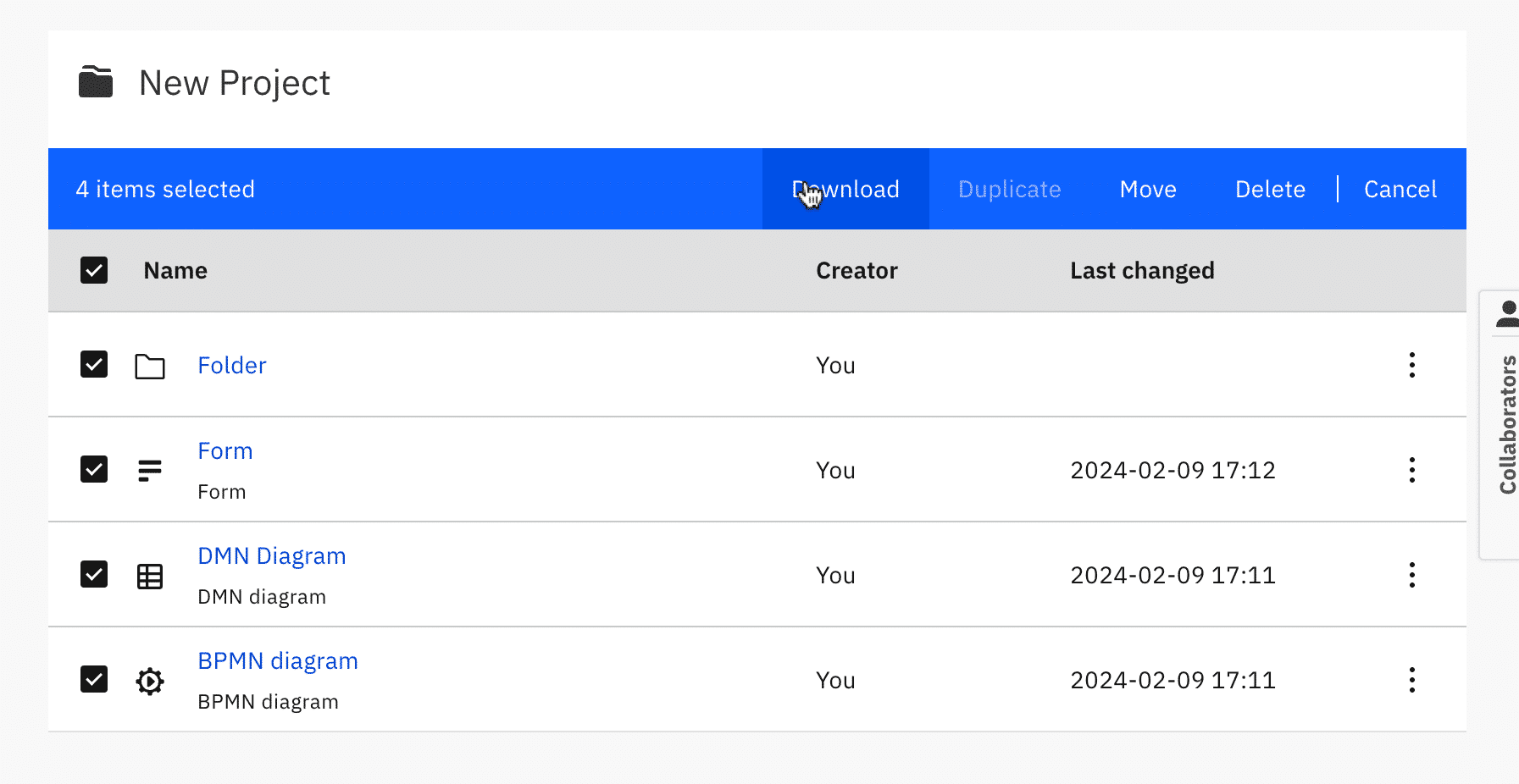
This provides the quick transfer of files to other tools such as Desktop Modeler, version control systems and more directly from the User Interface (UI).
Enable stakeholders to validate business logic without risking unwanted changes
Previously, users with read-only permission for a project—viewer and commenter roles—did not have the ability to see the technical implementation details for the project. In this release, commenters now have access to the Properties and the Problems panels in read-only mode. They can see the properties, but cannot make any changes.
At this time, this feature has only been added for both BPMN and DMN diagrams. In a future iteration, this will be available for Camunda Forms as well.
Note: Commenters still cannot deploy or start a process instance; however, they can access all modes as read-only (Design/Implement/Play).
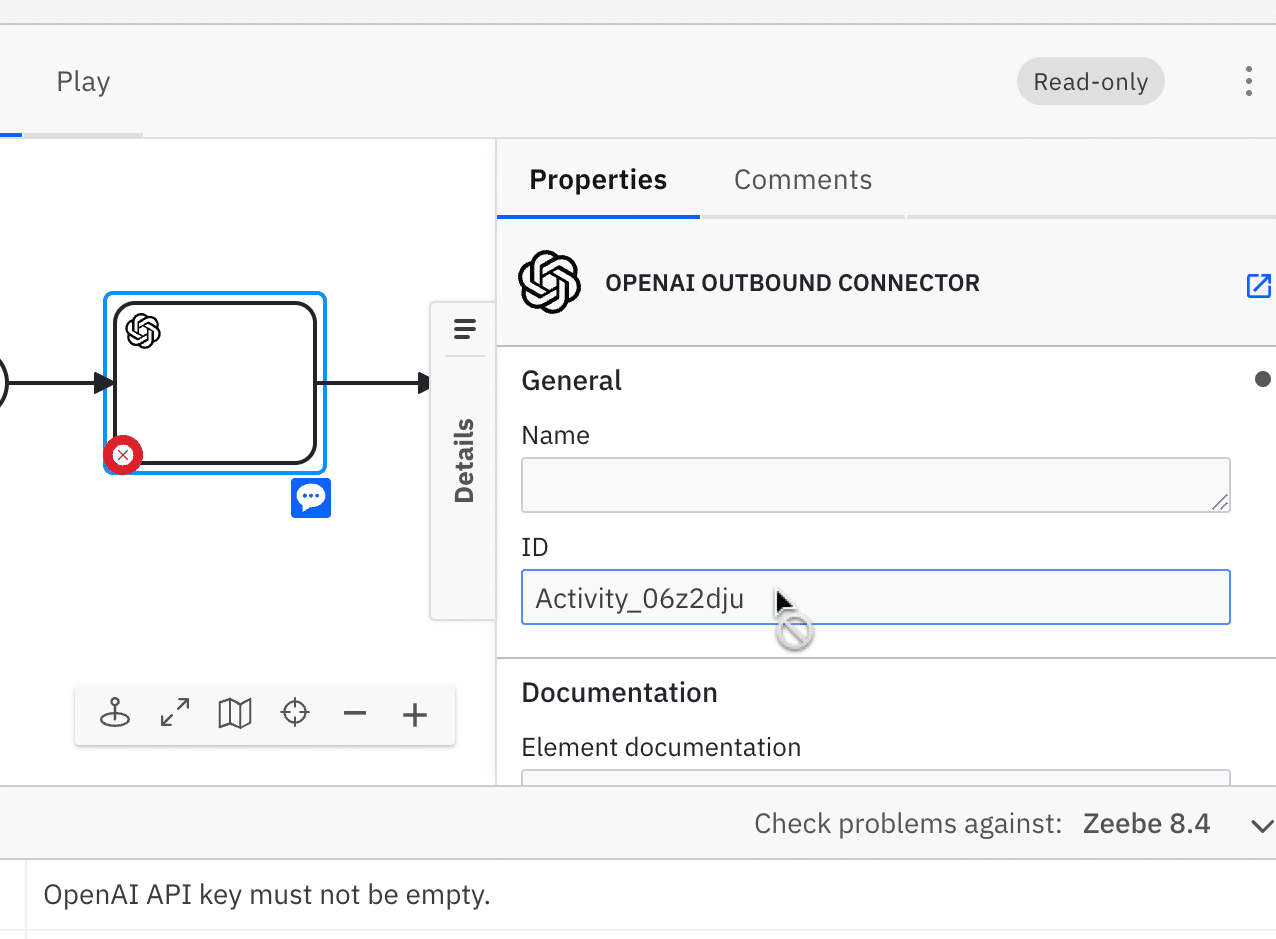
Restricted Production Deployments (SaaS only)
Even though non-restricted access to deploy a process allows for rapid prototyping, there is still a risk of inappropriate deployments to production breaking a live process. With this release, only organization admins or owners can deploy to production clusters. All other users are only allowed to deploy to a development, test or staging cluster.
This feature aims to mitigate this risk by restricting the production deployments while still allowing deployments to development, test or staging clusters.
We hope you enjoy everything in the latest Web Modeler 8.5.0-alpha1 release!
Desktop Modeler
There have been several updates to Desktop Modeler with this release including:
- Form improvements with a new HTML viewer component for Forms.
- Various minor fixes for BPMN.
- Various improvements to FEEL editing, including improved and more descriptive error messages when a syntax error is encountered.
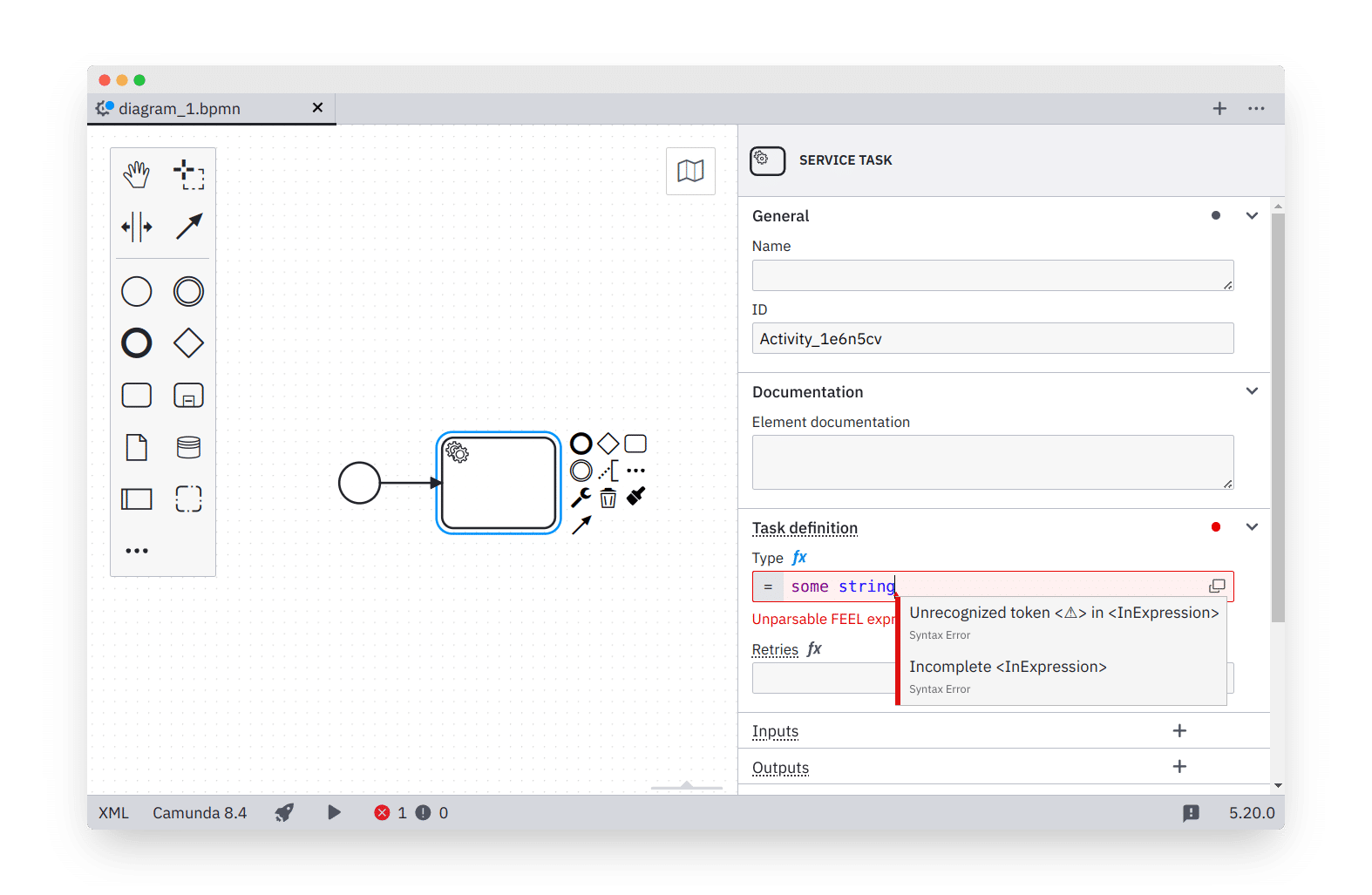
- We have added improvements to the editor by adding “Recently opened files.” The editor now remembers which files you worked on and allows you to reopen them quickly and easily from this added option.
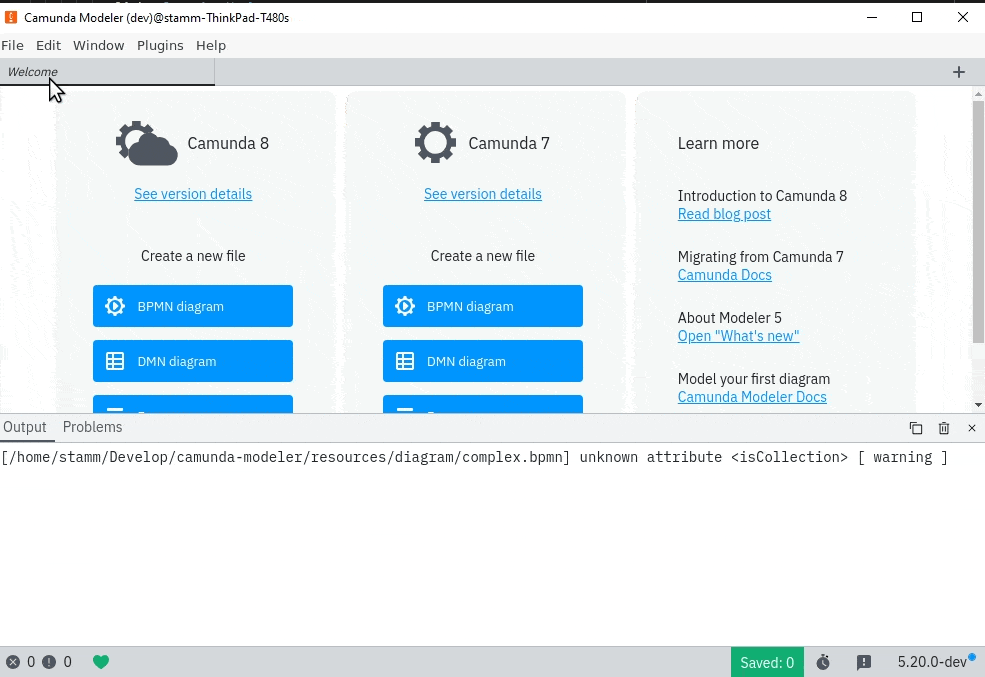
As always, this release incorporates bug fixes and additional minor improvements.
Check out the full release notes for this month’s Desktop Modeler v5.20.0 release right here.
Connectors
Logger-aware logback metrics
With previous releases, our Camunda metrics did not include any information on the package or logger used for log entry origination. This release provides the logger name as a tag in the metrics log so that logs can be filtered by logger name.
GitHub Connector
The GitHub Connector now supports the invocation of a workflow/action allowing the Camunda BPMN process to run a workflow by dispatching a repository event.

Template generator improvements
Improvements have been made with the Java-based element template generator in this release. This includes:
- Support for defining groups for nested properties. This provides the ability to group together similar nested inputs.
- Support to override the property binding name. By default, the field name is used, but with this release, we allow overriding the property binding name.
Postman collection Connector generator
With this release, we provide the ability to generate a Connector directly from a Postman collection.
Various improvements and bug fixes are also provided including:
- Inbound Connector health reporting
- Webhook Connector
- Connector template generator
- Spring version upgrade
Check out the full release notes for this month’s Connectors 8.5.0-alpha1 release right here.
Operate
A few smaller enhancements have been added to Operate with this alpha release, most notably, the ability to migrate a User Task to the new version of a process definition.
As always, this release incorporates bug fixes and additional minor improvements.
We hope you enjoy everything in the latest Operate 8.5.0-alpha1 release!
Zeebe
New backup features for Camunda SaaS
Camunda SaaS offers several features related to disaster recovery and high availability. It is important to understand what is currently offered and the value that the new backup features provide to customers.
What Camunda currently provides with SaaS
Camunda SaaS provides a manual backup feature that allows you to regularly backup the state of all its components (Zeebe, Operate, Tasklist, and Optimize) with zero downtime. In the case of failures that lead to data loss, you can request to restore the backup. The backup of your Camunda cluster is taken as a whole and managed on a per-cluster basis.
However, it is important to note that Camunda is designed with high availability and fault tolerance in mind. It uses a pre-configured replication mechanism to ensure that it can recover from machine or software failure with no data loss and minimal downtime. It’s important to acknowledge that there are limits to automated recovery. In the rare event that these automated mechanisms fail due to the nature or scale of the disruption, the backup could be utilized to recover the clusters. This approach provides an additional layer of security, ensuring that, even in scenarios where automated recovery processes are overwhelmed, there is a fallback option to restore system functionality.
These are great methods for keeping your data safe and available, but Camunda wanted to deliver more.
Additional features for backups for Camunda SaaS
Camunda has invested in additional backup features to help customers build effective strategies for mitigating and recovering for possible disasters. Two new features include:
- The ability to schedule backups of your Camunda components
- Taking advantage of dual-regions in Google Cloud to lessen any impact of a disaster
Scheduling Backups
Camunda is excited to announce a new scheduled backup feature for Camunda. This feature allows users to perform zero-downtime backups of the following Camunda components:
- Zeebe
- Operate
- Tasklist
- Optimize

This new feature is designed for disaster recovery enabling customers to define time intervals for automated backups in either the Camunda Console or programmatically through the Console API for seamless integration with your workflows.

The Scheduled Backup feature is supported for cluster generations 8.2.4 or higher. Please take a look at the documentation for more details.
Dual-Regions for backups
An important component of continuous operation is the readiness of your applications in the event of a potential disaster. Camunda’s latest release provides a new feature that will keep your application data safe even during a disaster. We have added a dual-region backup feature that means that if one entire geographic region goes down, you won’t lose your data.
Here’s how it works: You can store your cluster data backups in two different regions on Google Cloud Storage (GCS). For example, you can have your primary data in a Finland, Europe region and the backup in a Frankfurt, Germany region. Using this configuration, your data stays accessible and safe, even if one region faces an outage.

For more information on dual-regions buckets in GCS, please refer to the Google documentation.
Support for Azure Blob Storage for hot backups
Previously, Zeebe supported only Amazon S3 and GCS for external storage. With this release, users can now use Azure Blob Storage as your backup store. For more information, please read the full documentation here.
Exporter API enhancements
With this release, we now expose the partition ID through the Context provided in Exporter#configure(Context), and the last acknowledged exported position in the Controller provided via Exporter#open(Controller). This allows customers who use session based clients or similar processes (e.g. Kafka transactions) for their exporters to better differentiate the instances of their exporters and restart such things.
Process Instance Migration: User Task Support
You can now migrate from and to User Tasks when migrating a process instance with this latest alpha release.
Check out the full release notes for this month’s Zeebe 8.5.0-alpha1 release right here.
Optimize
Copy tiles directly on a dashboard
Optimize now allows the copying of any existing tile directly from a dashboard. This allows you to easily compare certain variants of the process with another. The report tile is copied with its configuration, and the new tile can then be adjusted for comparison with the initial report.
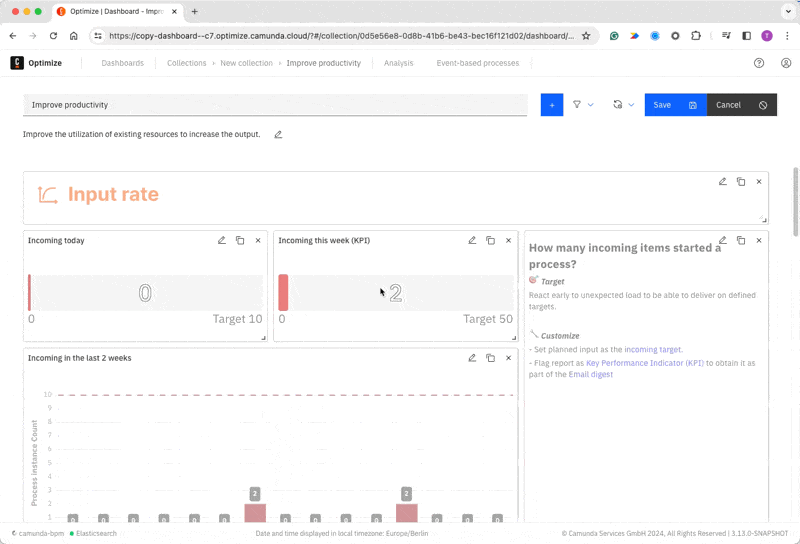
We hope you enjoy everything in the latest Optimize release!
Tasklist
We delivered several enhancements to Tasklist with a focus on secure collaboration.
- Task access restrictions for user groups now apply to the following task operations as well:
- Complete Task
- Save Draft Variables
- Get a Single Task using the API
- We now allow for the migration of a User Task to new versions of a process definition.
- Users can now share a form directly from Tasklist to start a process. The link is secured by authentication, in contrast to public forms.
- You can now access large variable values on the task details when using the API.
- The Tasklist UI now can autopick the next available task for you, to save time on task selection.
We hope you enjoy everything in the latest Tasklist release!
Forms
We acknowledge the needs of developers and form designers for customization. To ensure maximum flexibility of forms, we delivered powerful components for custom content, and we have written an extensive frontend developer guide to outline further customization capabilities.
iFrame component security flags
We extended the iFrame component with security flags, so you can embed any supported external content (such as a Google Doc for review), while keeping control of every aspect of the security of the integration. Only allow those flags that are relevant for your form, and nothing more. Use it to show documents for approval, request a digital signature, or to route users to perform tasks in external apps, such as a CRM. Learn more in the docs.
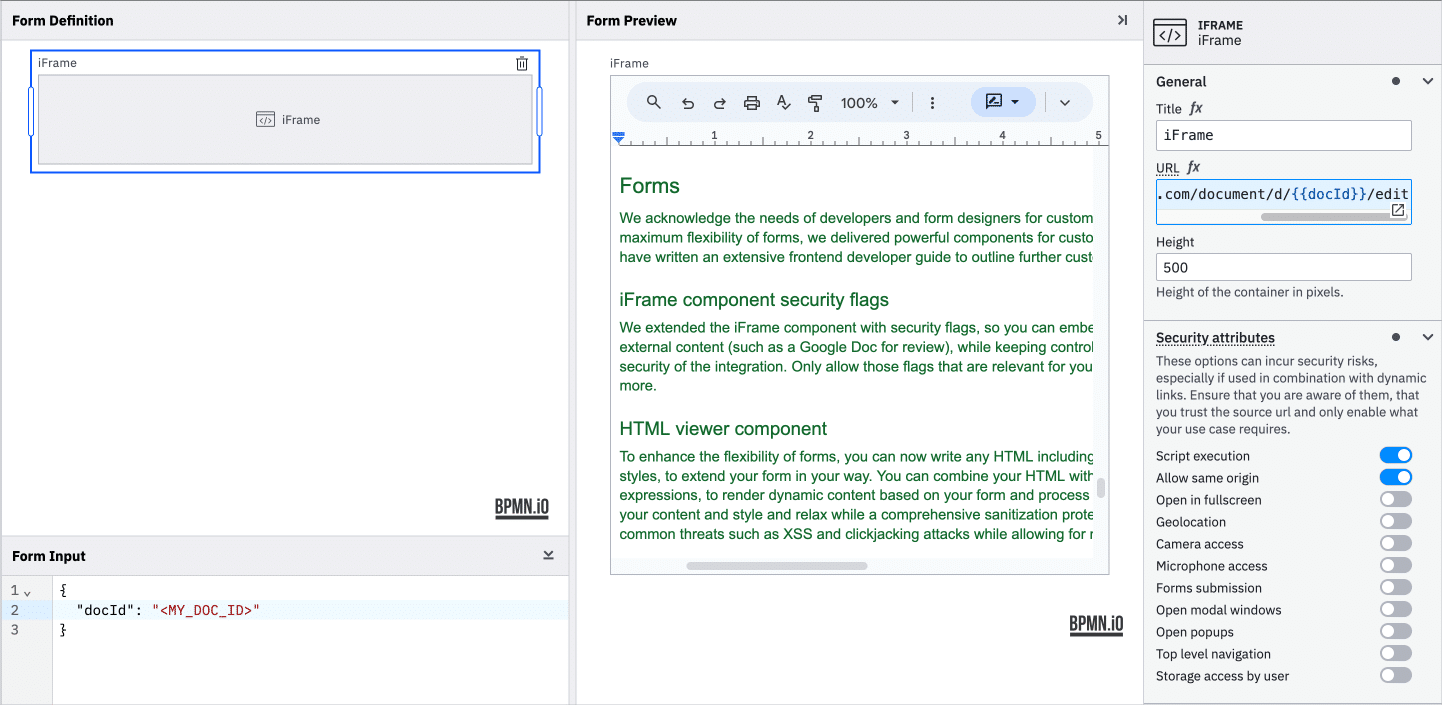
HTML viewer component
To enhance the flexibility of forms, you can now write any HTML including separate, isolated styles, to extend your form in your way. You can combine your HTML with templating and expressions to render dynamic content based on your form and process variables. Focus on your content and style and relax as a comprehensive sanitization protects your forms from common threats such as XSS and clickjacking attacks while allowing for maximum creativity. Learn more in the docs.
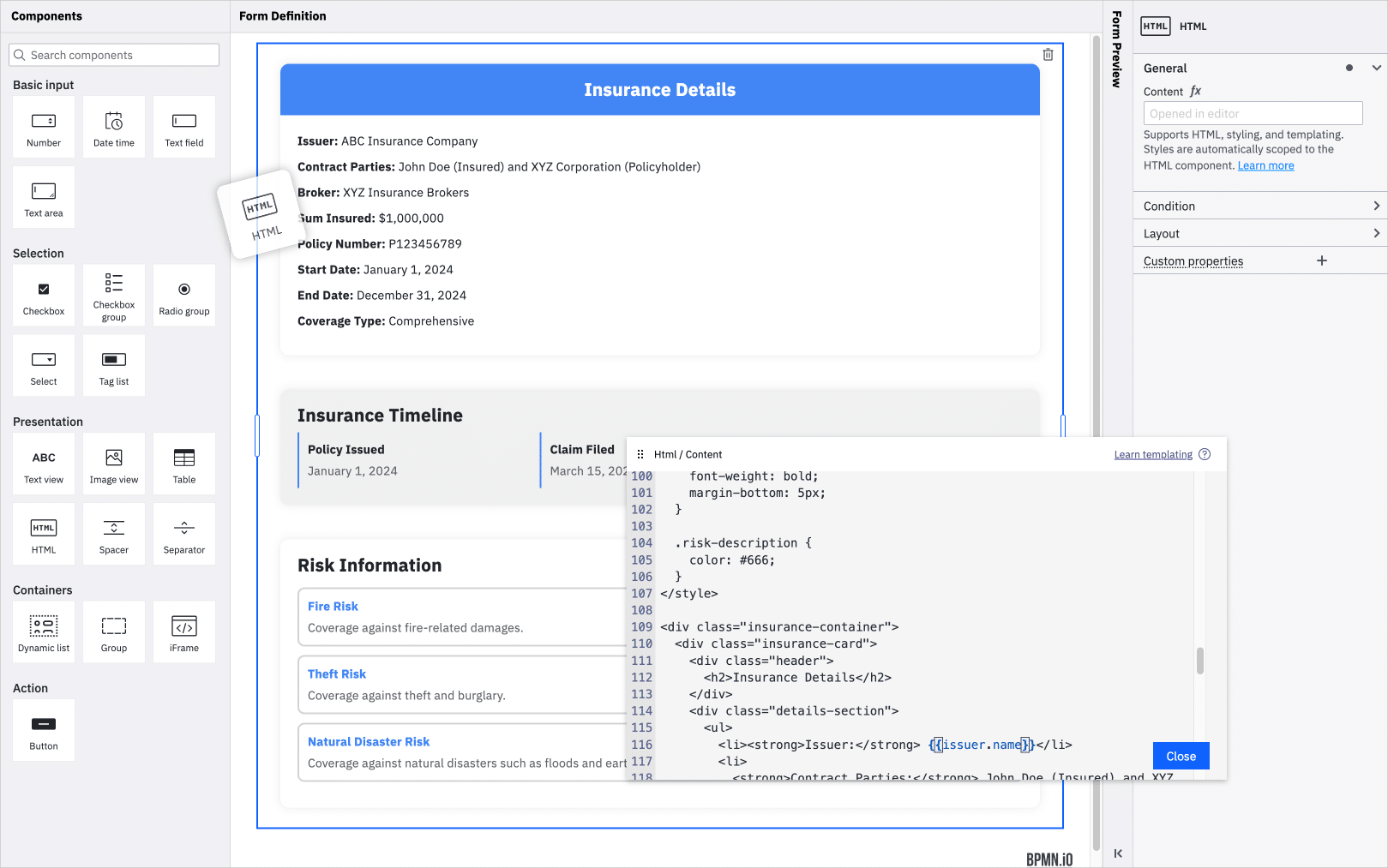
Frontend developer documentation
Are you a frontend developer? We’ve got you covered. We introduced a documentation chapter for frontend developers on how to create a custom task application and how to embed and customize form-js, the open source forms library that can be used to render Camunda forms in any application. Would you like to learn how to embed forms in JS, how to integrate external data sources, how to customize forms style, or how to extend form-js with your own custom components? Jump to the documentation.
Camunda Platform 7
You can find the latest release notes for Camunda Platform 7.21.0-alpha3 on our forums. Check them out right here .
Thank you
We hope you enjoy the latest updates! For more, be sure to review the latest release notes as well. If you have any feedback or thoughts, please feel free to contact us or let us know on our forum.
If you don’t have an account, you can try out the latest version today with a free trial.
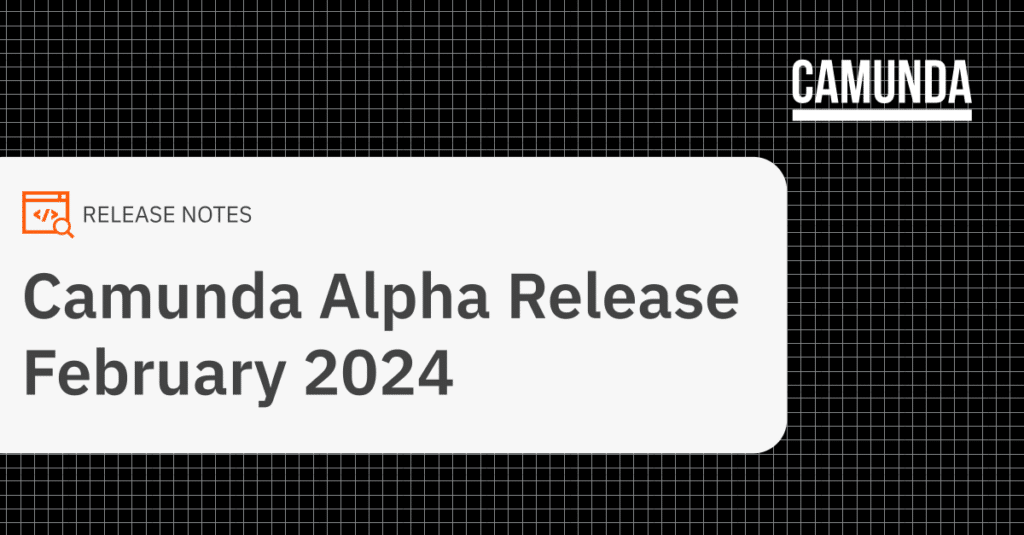

Start the discussion at forum.camunda.io